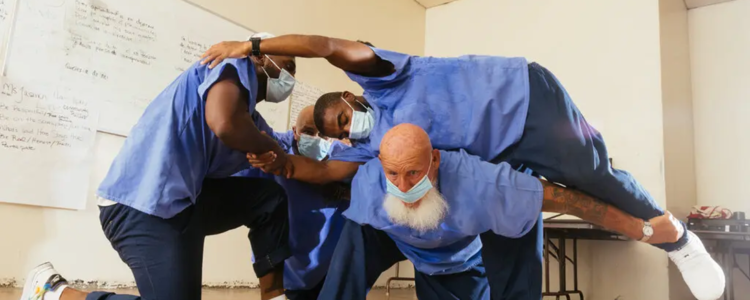Every Tuesday morning I send out a Tuesday Tip by email to my subscribers. If you’d like to receive these Tips, just email me at…
This was originally posted on Medium

Every Tuesday morning I send out a Tuesday Tip by email to my subscribers. If you’d like to receive these Tips, just email me at…
This was originally posted on Medium
These Tips are all about TRUST — what it is, why it’s so vital, how to build it, how we need it in schools (and everywhere), how to spot…
This was originally posted on Medium

I’m always looking for stories that include that little word, TRUST. Just call me the “TRUST Lady.” After 60+ years in public education —…
This was originally posted on Medium
These posts continue to explore TRUST in schools and in every day life— what it is, why it’s so vital, how to build it, how we need it in…
This was originally posted on Medium
How many times have we heard that retort? Way too many….
This was originally posted on Medium

I’ve carried Hawaii Senator Daniel Inouye’s Boston Globe obituary with me since he died at age 88 in 2012.
This was originally posted on Medium
Surprise! Finding Booker T. Washington’s wisdom right there, on the path leading to the hotel….
This was originally posted on Medium

This was originally posted on Medium
Tip # 4. The start of a new school year is a great time to retell these two little vignettes — stories I’ve collected over the years.
This was originally posted on Medium
Here’s Tip # 4, another vignette –a short, very short story — that I’ve gathered over the years. I write them down whenever I can. Why…
This was originally posted on Medium
Recent Comments